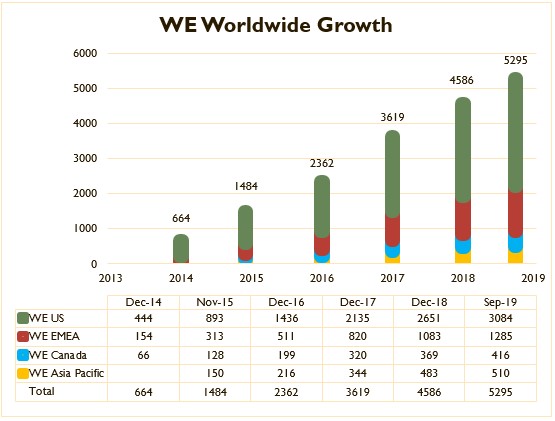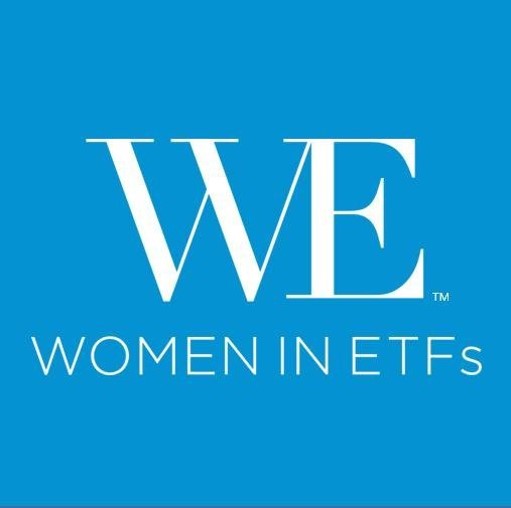The first women’s group for the ETF industry, Women in ETFs, has reached over 5,300 members in just five years, a testament to the significant impact it has made on the ETF industry.
Following its foundation in January 2014, the group has seen major growth over the past five years. Of the 5,300 current members, the US dominates with 3,084 people while EMEA has 1,285, Canada has 416 and Asia Pacific has 510.
Eric Balchunas, ETF analyst at Bloomberg Intelligence, commented: “The only thing growing faster than ETF launches and assets is the membership of Women in ETFs.”
What has driven this growth, Debbie Fuhr, co-founder of Women in ETFs and managing partner of ETFGI, said, was a combination of factors including events, which have given women a platform to showcase their knowledge, word of mouth about what the group is achieving and women in senior roles showing it is possible.
According to a Morgan Stanley report on gender diversity, companies which have taken a holistic approach toward equal representation have outperformed their less diverse rivals by 2.8% per annum over the past eight years, highlighting the importance of diversity.
“We wanted to create a place where it was easy for women, and men, to ask questions and learn about the ETF industry,” Fuhr added.
“The financial services industry has a history of being very hard for women to enter and grow their careers.”
Ringing the bell on International Women’s Day
Women in ETFs was founded with the aim of furthering the careers of women by leveraging their skill and ambition.
The five founders were Sue Thompson, head of institutional management/RIA at BlackRock, Joanne Hill, head of institutional strategy at ProShare Advisors, Michelle Mikos, director of independent and regional BDs at Invesco, Linda Zhang, head of research at Windhaven Investment Management and Fuhr.
Fuhr said areas of financial services that are newer and not as well developed such as the ETF industry tend to have less of an “old boys network” meaning women can thrive.
“Like in the ESG space, women have been more successful in the ETF industry as it does not have the same old boys network unlike some other areas of finance.”
Another important factor of the group, Fuhr added, was the inclusion of men, who make up around 16% of the membership.
“It is very important to have men,” she concluded. “Men have to be part of the solution and not the problem.”

Source: Women in ETFs



